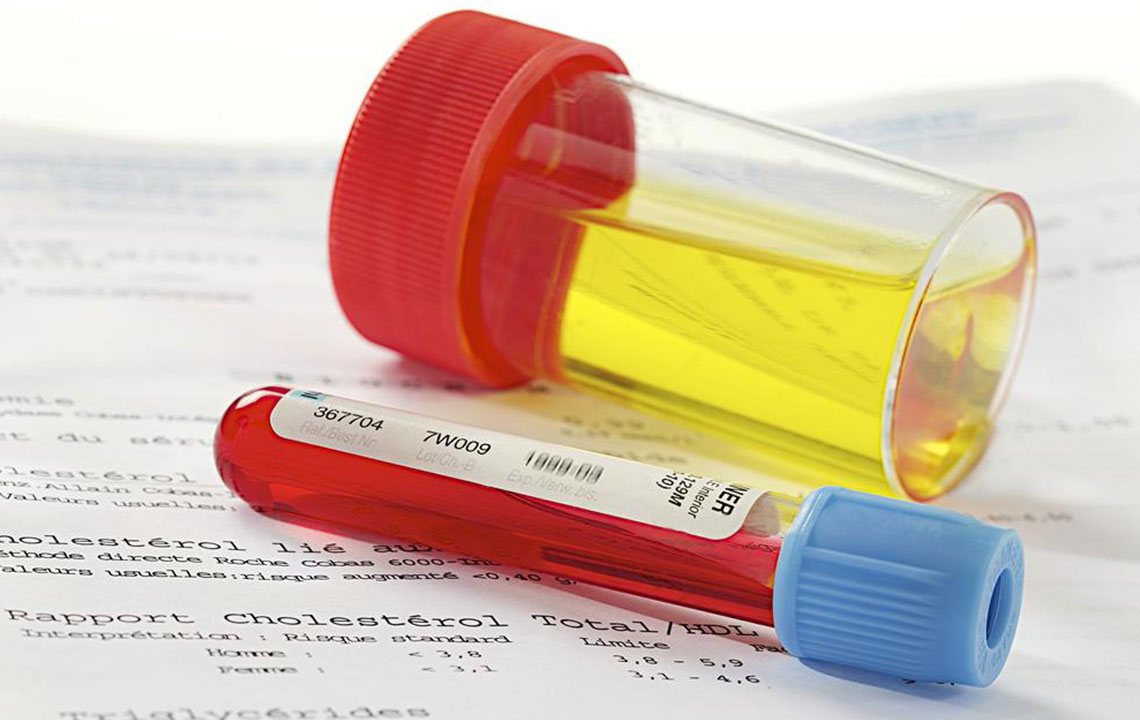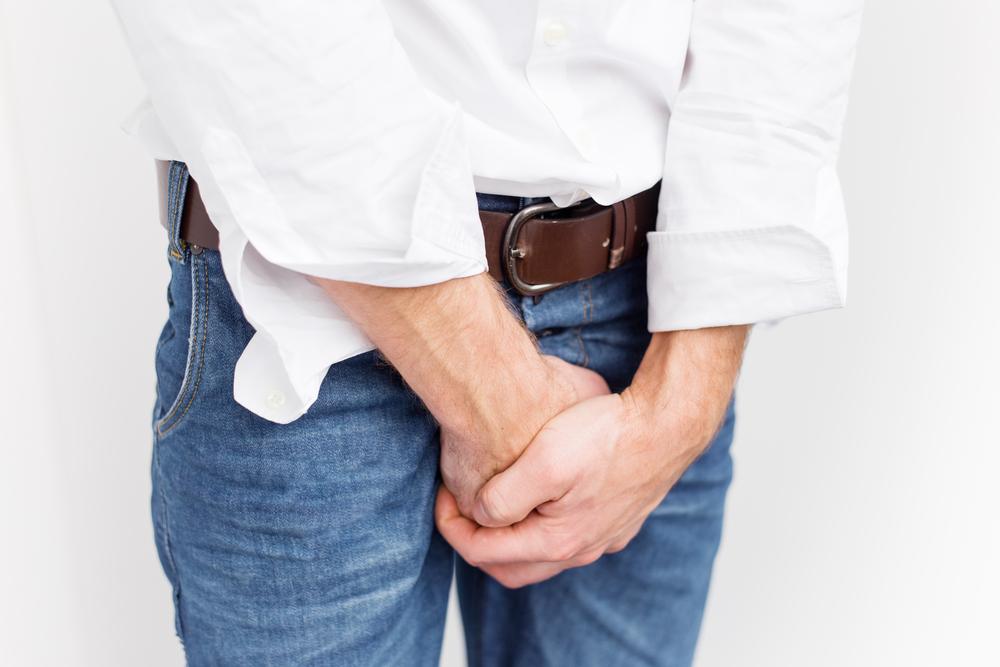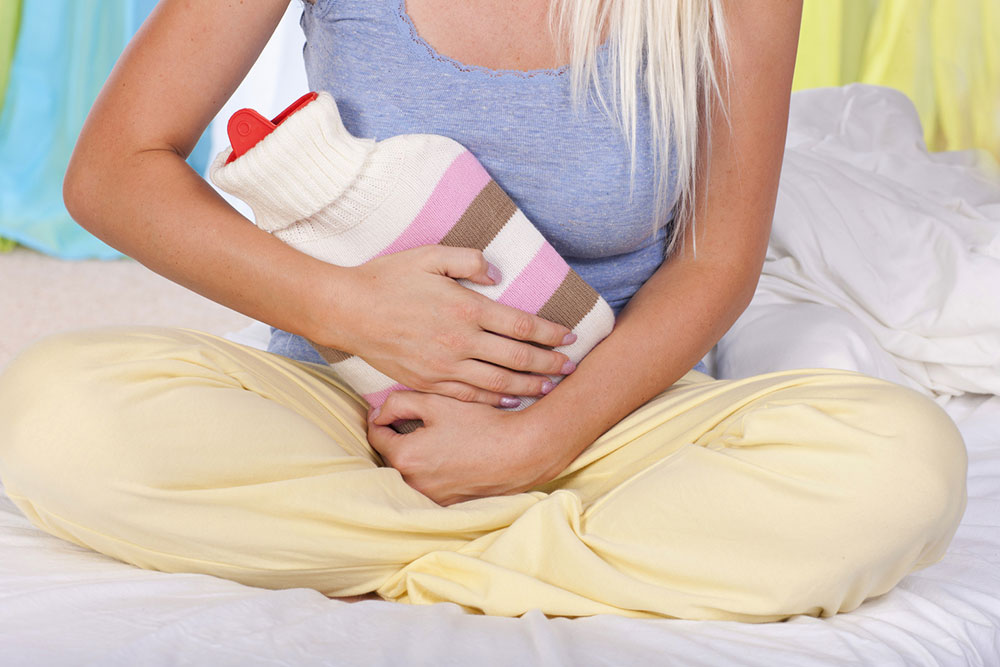Comprehensive Guide to Effective Management of Urinary Incontinence
This comprehensive guide explores effective strategies for managing urinary incontinence, including pelvic exercises, behavioral techniques, electrical stimulation, medical devices, medications, and surgical options. Tailored treatment plans can significantly improve symptoms, quality of life, and confidence. Learn how multidisciplinary approaches help control involuntary urine leakage for individuals of all ages, emphasizing the importance of consultation with healthcare professionals for optimal results.

Innovative and Proven Strategies for Managing Urinary Incontinence
Urinary incontinence is a common health issue characterized by the involuntary leakage of urine. It affects millions of people worldwide, impacting their quality of life, emotional well-being, and social interactions. Understanding the underlying causes and exploring the wide spectrum of treatment options is vital for effective management and improved daily functioning. Whether caused by weakened pelvic muscles, nerve damage, or other underlying health conditions, urinary incontinence can often be controlled or even reversed with appropriate interventions that are tailored to each individual's needs.
Pelvic Floor Reinforcement Techniques: The Cornerstone of Conservative Treatment
One of the most effective and non-invasive approaches to treating urinary incontinence involves strengthening the pelvic floor muscles. Known widely as Kegel exercises, these routines focus on contracting and relaxing muscles that support the bladder and urethra, thereby enhancing urinary control. Medical professionals highly recommend incorporating pelvic floor exercises into daily routines to reinforce muscle tone, improve sphincter function, and reduce leakage episodes.
To optimize benefits, patients should initially perform these exercises by contracting the pelvic muscles and holding each contraction for about five seconds before relaxing for the same period. As strength improves, the duration can be gradually increased to ten seconds. Consistency is key; performing three sets of ten repetitions daily yields the best results. For even better outcomes, many individuals seek guidance from physical therapists trained in pelvic health or use biofeedback devices that help ensure correct technique and muscle engagement. Over time, these exercises can lead to significant improvements in continence and overall pelvic health.
Behavioral and Lifestyle Modifications for Enhanced Urinary Control
Aside from physical exercises, behavioral strategies are crucial in managing urinary incontinence. Techniques like bladder training involve gradually increasing the interval between voids, helping the bladder hold more urine and reducing urgency sensations. Patients are encouraged to follow scheduled toileting routines, typically every two to four hours, even when no urge exists, to establish a supportive habit that minimizes unpredictable leakage.
Double voiding—urinating, then waiting a few seconds before attempting to empty the bladder again—can help ensure complete emptying, reducing residual urine and urgency. Fluid management is another pivotal aspect; limiting caffeine, alcohol, and acidic foods can decrease bladder irritation and frequency. Weight management, regular physical activity, and smoking cessation can further improve symptoms, as obesity and smoking are known risk factors for worsening urinary control issues. Adopting these behavioral modifications often results in notable symptom reduction and enhances the effectiveness of other treatments.
Electrical Stimulation: An Innovative Therapeutic Approach
Electrical stimulation therapies have gained recognition as minimally invasive options for treating different types of urinary incontinence, particularly urge and stress incontinence. This method utilizes small electrodes placed either inside the vagina or rectum, delivering controlled electrical impulses that stimulate pelvic muscles. Over time, this stimulation strengthens muscle tone and improves the body's ability to maintain continence.
Patients typically undergo sessions over several months, with the intensity and frequency tailored to individual needs under medical supervision. This therapy is especially beneficial for patients who have not achieved desired results through conservative measures or are seeking alternatives to medication or surgery. Many patients experience a significant decrease in leakage episodes and an overall improvement in quality of life with consistent electrical stimulation therapy.
Medical Devices and Assistive Tools for Managing Incontinence
For immediate symptom relief and discreet management, various medical devices are available. Urethral inserts, or 'urethral plugs,' are small, removable devices designed to block urine flow temporarily, providing a practical solution during active outings. These devices are user-friendly and do not interfere with daily activities, making them popular among working professionals and active individuals.
Vaginal pessaries, which are ring-shaped devices inserted into the vagina, offer support to the pelvic organs and help prevent prolapse that can contribute to incontinence. They are custom-fitted and often used for women with pelvic organ prolapse or stress incontinence. These non-invasive options can significantly improve confidence and comfort throughout the day, serving as valuable adjuncts to other treatments.
Pharmacological Treatments: Medical Management of Urinary Incontinence
When conservative measures are insufficient, medications can play a critical role in controlling symptoms. Anticholinergic drugs such as Trospium, Darifenacin, Oxybutynin, and Tolterodine are prescribed to calm overactive bladder muscles, reducing urgency and frequency. Mirabegron, a beta-3 adrenergic agonist, relaxes the bladder wall, increasing its capacity and decreasing involuntary contractions.
For men with incontinence related to prostate issues, alpha-adrenergic blockers, including Tamsulosin, help relax the muscles within the prostate and bladder neck, easing urination. Topical estrogen applications—whether creams, patches, or rings—are sometimes used for women to improve urethral tissue health and support sphincter closure. Additional interventions encompass minimally invasive procedures like bulking injections, Botox injections into the bladder muscle, nerve stimulation devices, and surgical options such as sling procedures, bladder suspensions, and artificial sphincters, especially in severe cases.
Despite the advancements in treatments, the use of absorbent pads, protective garments, and intermittent catheters remains widespread as supplementary measures for managing unpredictable leakage and ensuring patient comfort and confidence.
Managing urinary incontinence requires a comprehensive, multidisciplinary approach tailored to each individual's condition severity, lifestyle, and health status. Combining lifestyle modifications, pelvic exercises, behavioral techniques, device usage, medication, and surgical interventions—when necessary—can lead to significant improvements, enhanced quality of life, and restored confidence. Consulting healthcare professionals is essential to develop a personalized treatment plan that optimizes outcomes and supports long-term success.





